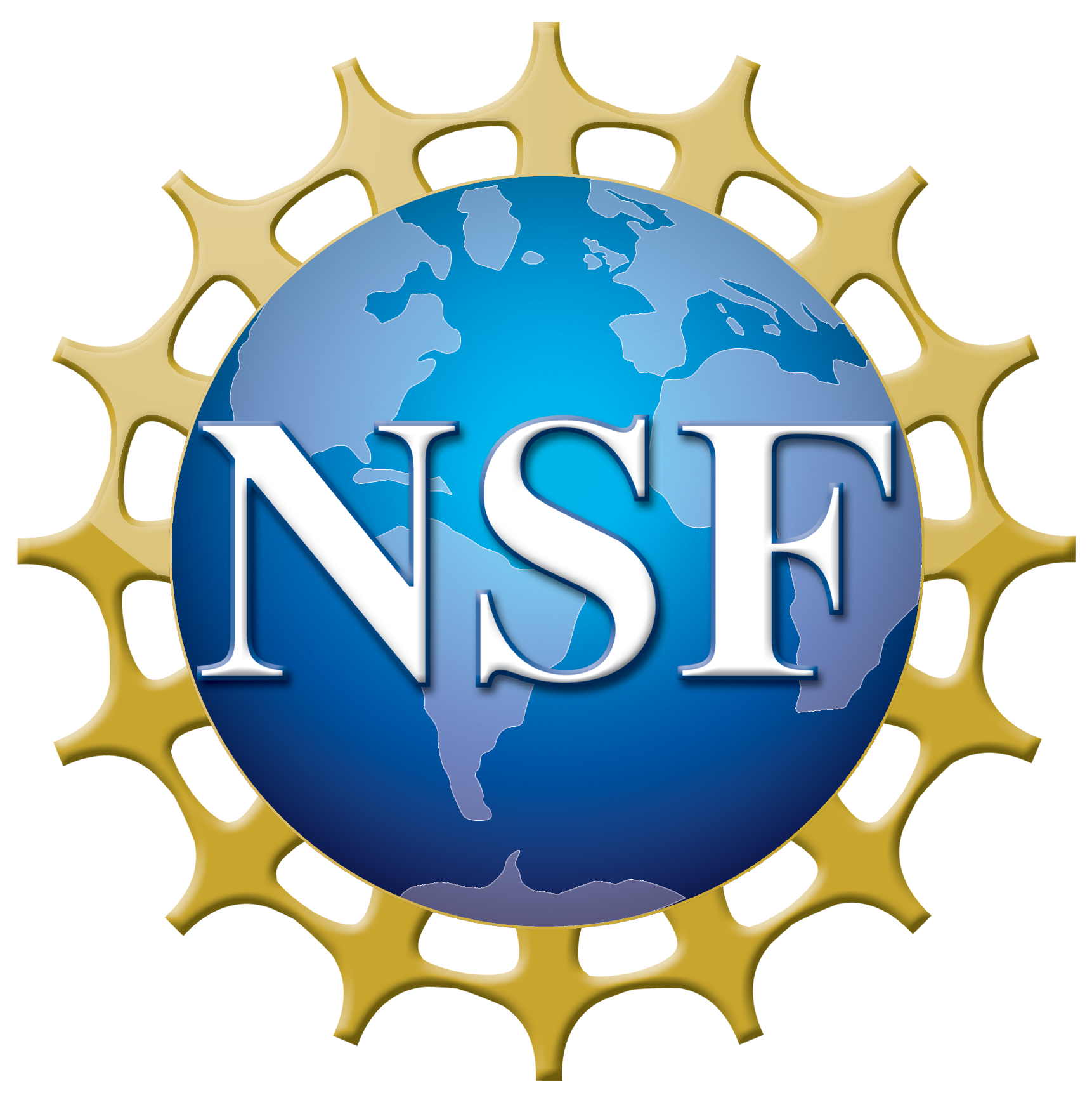
an Industry / University Cooperative Research Center (I/UCRC)
National Science Foundation (NSF), Directorate for Engineering (ENG), Division of Industrial Innovation & Partnership (IIP)
PI: Toshi Nishida (ECE), Co-PI: David Arnold (ECE), Co-PI: Mark Sheplak (MAE), Co-PI: Saeed Moghaddam (MAE), Co-PI: Roozbeh Tabrizian (ECE), Co-PI: Jack Judy (ECE), Co-PI: Hugh Fan (ECE), Co-PI: YK Yoon (ECE)
The Multi-functional Integrated System Technology (MIST) I/UCRC is motivated by three major research/industry trends: 1.) Stepping beyond the current challenge of continued conventional scaling of integrated circuits (Moore?s Law); 2.) Exploring new functionalities at intersections of materials, processes, devices, and circuits for multi-functional systems; and 3.) Integrating nanoscale materials into micro/nanosystem manufacturing. Through industry-driven collaborative research initiatives, interdisciplinary mixing will be promoted at the MIST Center in order to catalyze innovation opportunities such as combinations of computing, sensing, actuation, and energy storage/generation on the same system on a chip (SoC) or system in package (SiP). The MIST Center intends to contribute to the definition of the roadmap to next-generation integrated electronic systems.
Research at the MIST Center aims to link industry and academia and connect research advances in materials science, electronics, magnetics, acoustics, photonics, microfluidic devices, MEMS, and circuits to societally relevant technologies. The proposed MIST I/UCRC plans to integrate a strong team of complementary investigators, train the next generation of graduate students who are versed in the center?s precompetitive research, actively recruit and mentor participants from underrepresented groups in science and engineering drawing on programs at each center site, and team with industrial member companies, governmental agencies, and associations.